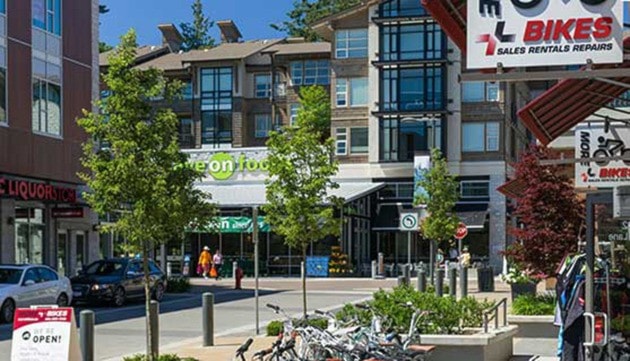Dale Bass – Kamloops This Week
Work to start creating a university village is expected to begin within the next 12 to 18 months, once a rezoning application is processed through the City of Kamloops.
Matt Milovick, administration and finance vice-president at Thompson Rivers University, said the rezoning application — which should be filed at city hall this month — is to increase density of potential uses identified in the plan, in particular to have more office space in buildings.
The goal, one that has been planned for years, is to create a more active campus, said TRU president Alan Shaver.
“When I came here, I lived in residence the first six months and found on evenings and weekends, the campus was pretty dead,” he said.
On Wednesday, university faculty and staff were updated on the project in anticipation of city-mandated signage that will go up, advising people of the rezoning application.
Among components is the eventual replacement of the Clock Tower Building and library, although Milovick said that is likely 20 to 30 years in the future.
In 2008, TRU land was zoned post-secondary education, with permitted uses including universities, colleges, vocational and technical schools, office/commercial and multiple family residential.
The list of potential additional uses include a church, day care, entertainment facility, hotel, museum, stores, pubs, professional and personal services, a recreation facility, restaurants, retail outlets, student accommodation and a trade and technology centre.
In practical terms, Milovick said, an example of a potential additional amenity could be a building with retail and commercial outlets on one or two floors and market-based housing above.
“Whatever a developer might want to build” will be considered, he said.
But the university’s master plan guidelines set out a process that would see the TRU Community Trust — the non-profit entity through which the university village will be developed — work with the university to set parameters before any tender calls are issued.
Once the final design stage is complete, the plan would go to the university’s board of governors for approval before any lease for the site is signed.
One key area where development will occur is on either side of the south entrance on McGill Road, Milovick said.
TRU will lease properties that will be part of the village concept to the trust, which can then lease them to developers to build.
As a non-profit, the trust would transfer any profit to the TRU Foundation to be used for scholarships, bursaries and other supports for students and for research.
The plan still leaves the university with a potential two-million square feet of space that can be allocated for academic and research activities, more than TRU will need, Milovick said.
Shaver said the project will be in line with similar university villages created at the University of British Columbia and Simon Fraser University.
While it will “improve the sense of campus life,” Shaver said, and help with attracting and keeping students, he sees the plan also benefiting the city and region.
“It will enliven life here,” Shaver said.
“TRU has never been an ivory tower institution and I can see this bringing more people from off campus onto the campus.”
